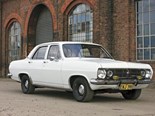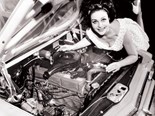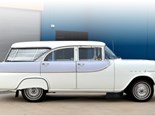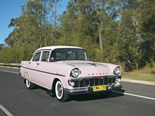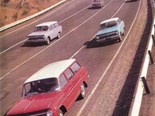Holden HD/HR 1965-68 Buyers' Guide Review
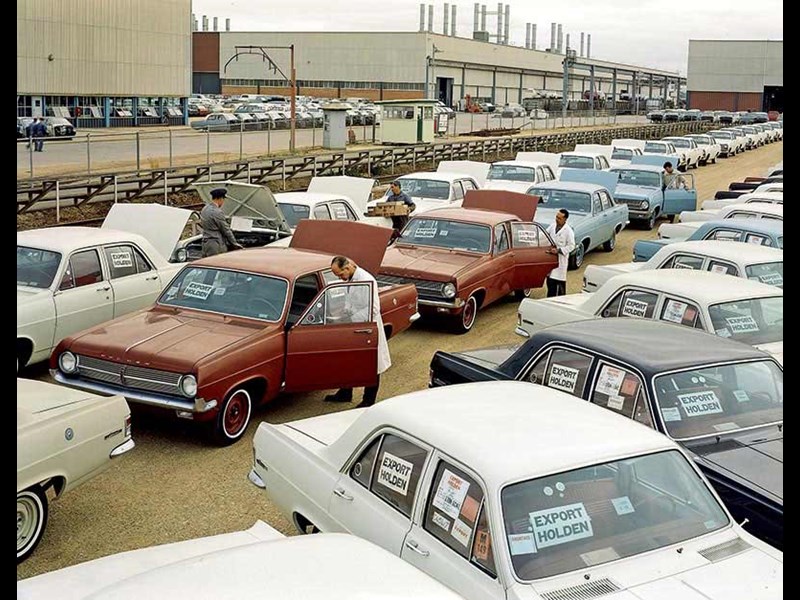 1965-68 Holden HD/HR
1965-68 Holden HD/HR

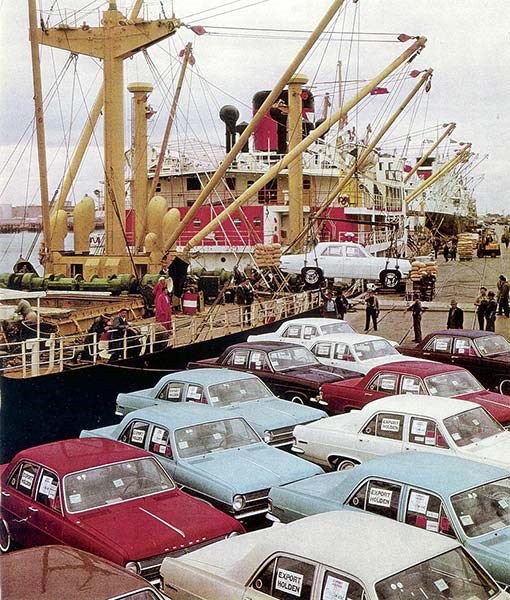 1965-68 Holden HD/HR
1965-68 Holden HD/HR

 1965-68 Holden HD/HR
1965-68 Holden HD/HR
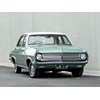
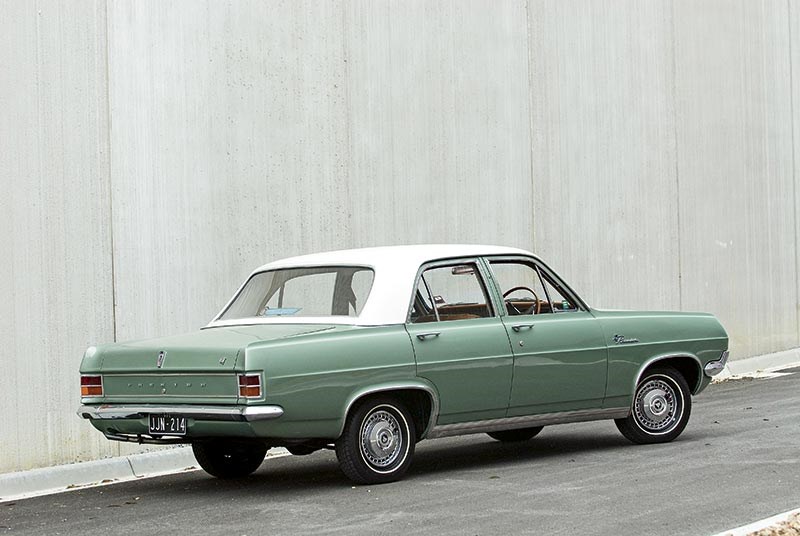 1965-68 Holden HD/HR
1965-68 Holden HD/HR

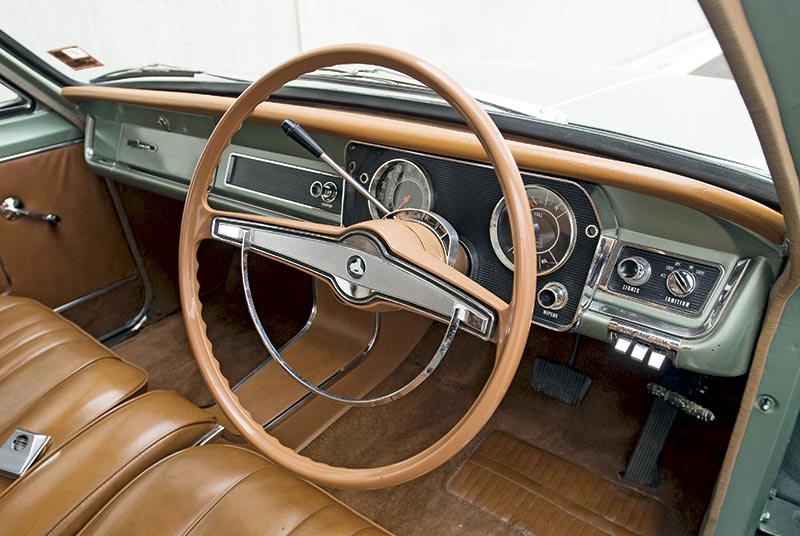 1965-68 Holden HD/HR
1965-68 Holden HD/HR

 1965-68 Holden HD/HR
1965-68 Holden HD/HR
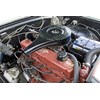
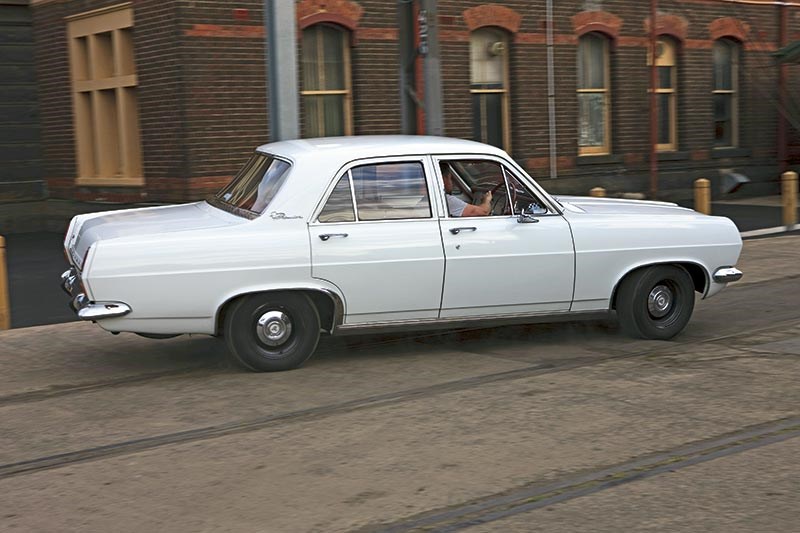 1965-68 Holden HD/HR
1965-68 Holden HD/HR

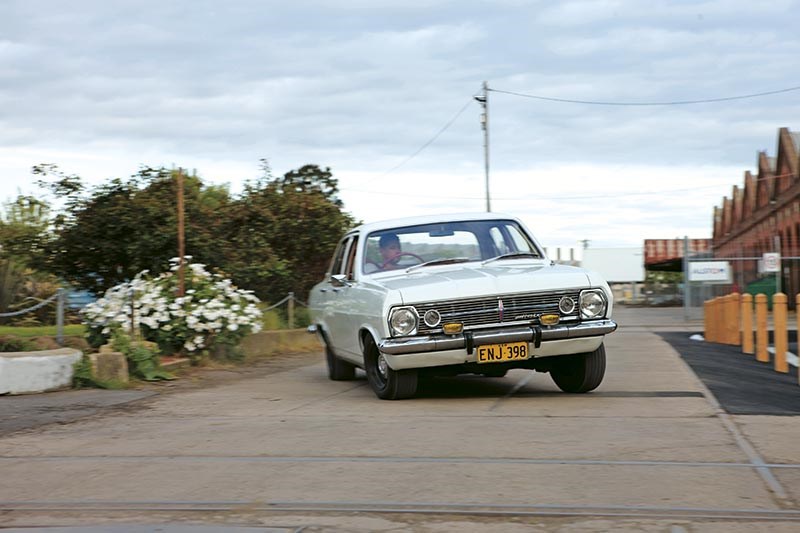 1965-68 Holden HD/HR
1965-68 Holden HD/HR

 1965-68 Holden HD/HR
1965-68 Holden HD/HR

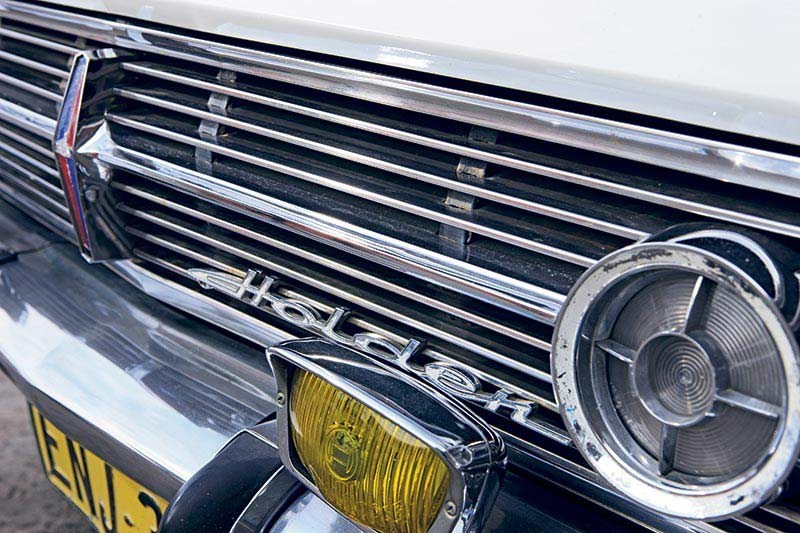 1965-68 Holden HD/HR
1965-68 Holden HD/HR

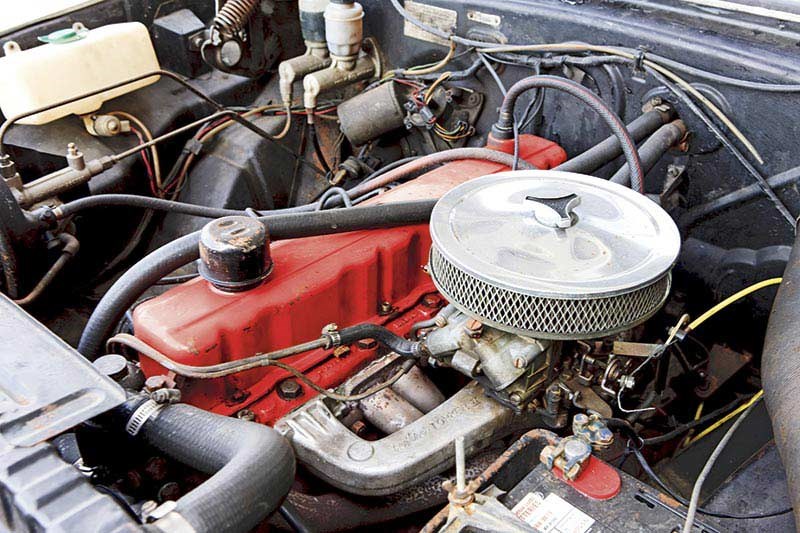 1965-68 Holden HD/HR
1965-68 Holden HD/HR

 1965-68 Holden HD/HR
1965-68 Holden HD/HR
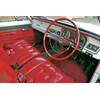
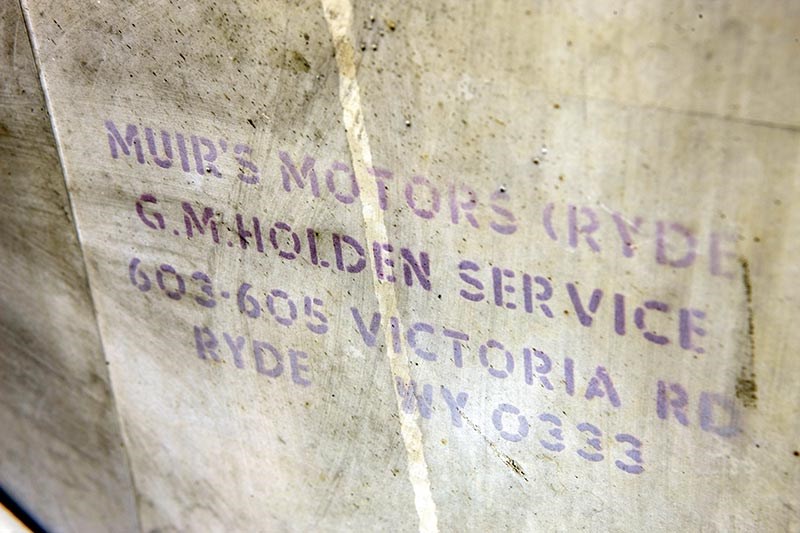 1965-68 Holden HD/HR
1965-68 Holden HD/HR

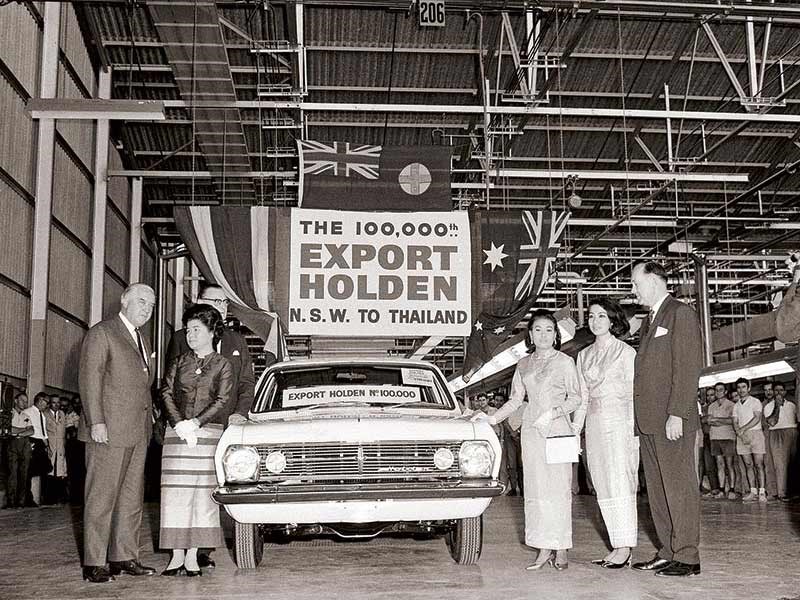 1965-68 Holden HD/HR
1965-68 Holden HD/HR

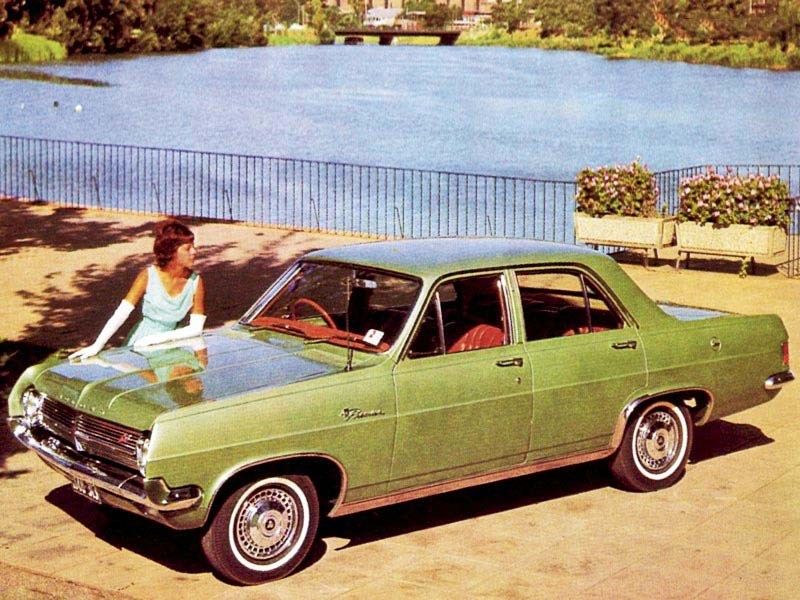 1965-68 Holden HD/HR
1965-68 Holden HD/HR

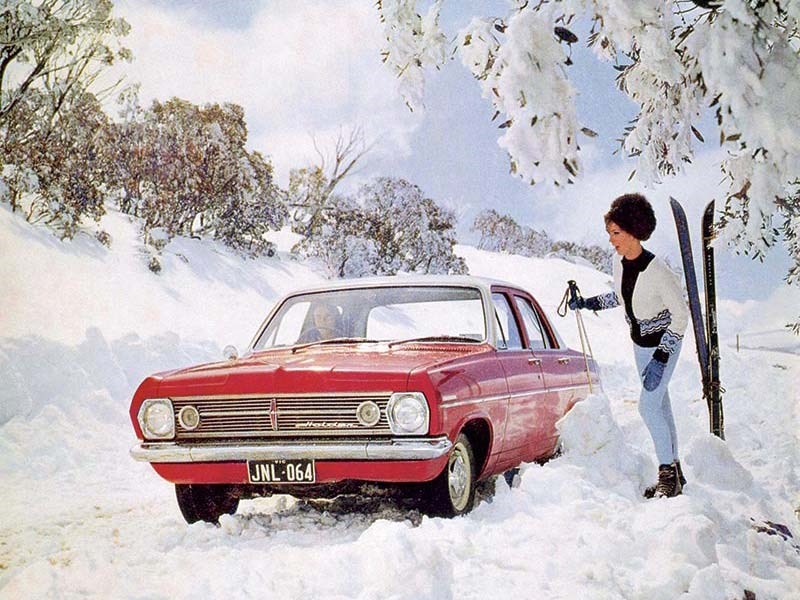 1965-68 Holden HD/HR
1965-68 Holden HD/HR


|
|
1965-68 Holden HD/HR
|

|
|
1965-68 Holden HD/HR
|

|
|
1965-68 Holden HD/HR
|

|
|
1965-68 Holden HD/HR
|

|
|
1965-68 Holden HD/HR
|

|
|
1965-68 Holden HD/HR
|

|
|
1965-68 Holden HD/HR
|

|
|
1965-68 Holden HD/HR
|

|
|
1965-68 Holden HD/HR
|

|
|
1965-68 Holden HD/HR
|

|
|
1965-68 Holden HD/HR
|

|
|
1965-68 Holden HD/HR
|

|
|
1965-68 Holden HD/HR
|

|
|
1965-68 Holden HD/HR
|

|
|
1965-68 Holden HD/HR
|

|
|
1965-68 Holden HD/HR
|
They weren't around for long, but Holden's HD & HR models punched well above their weight
1965-68 Holden HD/HR
There’s a saying in the motor industry that goes something like ‘be as creative as you like, just don’t frighten the horses.’
However, March 1965 saw Holden dealerships across the country witness whinnying aplenty as the most radically-shaped car in the company’s history was unveiled.
Folklore would have us believe that the HD model was a sales disaster and needed to be hastily replaced by the more conservative HR. However, with 179,000 sold in just 14 months the HD Holden was anything but a dud. The HR was just a little less confronting.
Both models shared a body that curved spectacularly to provide extra space for expanding Australians. Holden had always boasted that there was space on its bench seats for six full-sized occupants and the HD/HR certainly provided more wriggle room than the preceding EH.
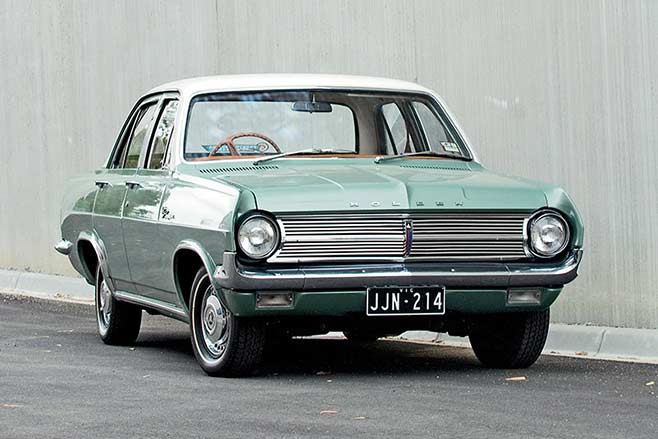
The HD came with protruding front mudguards, wrap-around tail-lights and oddly-shaped wheel-arches that only served to emphasise the inadequacy of 13-inch wheels and skinny cross-ply rubber on a car of this size.
The HD replaced the three-speed Hydramatic transmission with a two-speed Powerglide. More compact, it allowed HD/HRs to incorporate a less intrusive transmission tunnel. Low gear was good for 82km/h but the car needed to be moving at below 65km/h before it could be manually selected.
Any perceived problems with the HD shape could have been fixed by a minor and fairly cheap facelift. However, Holden went to quite extreme lengths to make the HR into a substantially different car. Those controversial front mudguard extensions were pared to almost nothing and the rear light clusters were replaced by vertical units that could possibly be seen from the moon.
There was a new bootlid and larger rear window requiring new tooling for the turret. Inside the seats were improved and retrimmed while underneath were bigger drum brakes and a wider front track plus front disc brakes and a limited-slip diff as options.
The HR featured improved seat design with extra padding and new ‘Sadlon’ vinyl coverings in two-tone colour combinations. The Premier seats were reshaped, covered in more sumptuous ‘Morrokide’ with a rear central armrest.
Carpet was of course standard and the HR introduced wood-grained plastic on the Premier dash, console and steering wheel rocker bar. Premiers came with a standard heater/demister, windscreen washers and dual horns but the radio and power steering cost extra.
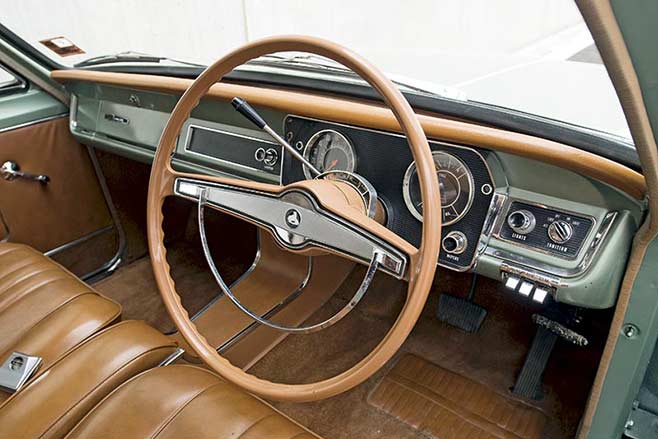
Both six cylinder engines increased in size and output. The HD’s 2.4-litre ‘149’ became a 2.6-litre ‘161’ and the ‘179’ was enlarged to a stump-uprooting 3.1-litre (186 cubic inches) in the HR.
Power increased as well, with the basic 186 cranking out 93.2kW. The twin carburettor X2 and subsequent 186S both offered 108kW.
Implementation of Australia’s first safety-oriented Design Rules saw Holden upgrade cars built from late 1966 to include front seat belts, reversing lights, padded sunvisors and a shatterproof interior mirror. Power disc brakes were an option, as was a limited-slip differential.
From mid-1967 an Opel-supplied four-speed manual transmission became available. It added $85 to the price tag and sales weren’t brisk.
Even without the V8 engine and US-inspired shape of Ford’s XR Falcon, the HR was an extraordinary success. During 21 months in the market more than 250,000 were made, compared with 90,000 of the 1966-68 Falcon.
ON THE ROAD
Bearing in mind that the HD/HR design dates back more than half a century, these Holdens are remarkably easy cars to enjoy and live with. If you’re amenable to a few modifications to smooth the handling and uprate the brakes from god-awful to merely ordinary an HR can roll back the years in very acceptable fashion.
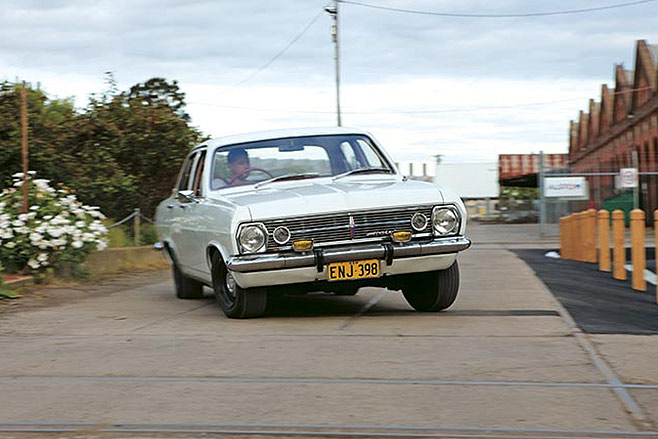
Looking first at the ‘red’ six-cylinder engine, these are motors that deliver decent performance in factory format and can be made via hot heads and/or turbochargers to produce prodigious amounts of power without spitting valves and con-rods everywhere.
Twin carburettors as installed in HD and early HRs provided a complication that wasn’t appreciated by mainstream Holden buyers. Once the paired carbs were replaced by a dual-throat Stromberg, sales should have spiked but didn’t and, as a result, genuine 186S cars are scarce.
The three-speed manual gearbox was basically the same as it had been throughout Holden history. Even a basic comfort like synchromesh on first gear was four years into the future. The four-speed manual ‘box with its shifter curving around the bench seat was clumsy to use and not especially durable.
If there was one reason alone for picking a Premier it would be to avoid the appalling front bench seat fitted to Standard and Special versions.
You can find these Holdens with ‘bucket’ seats that may have been lifted from a variety of brands and have been through engineering approval processes. However they often suffer unsatisfactory adjustment, clearance between the seat and pillar and absence of the classy Premier console.
Basic HR sedans were, in their day, a pretty punchy device. Howling their tiny tyres from a standing start a 186 manual would hit 100km/h in slightly more than 13 seconds and wound out to an achievable 155km/h.
Four-speed cars were reportedly a second quicker to 100km/h. Their main advantage came when exiting tight bends in that lower second gear.
At a time when fuel cost 12 cents a litre, economy didn’t bother most buyers and 15L/100km from a 186 automatic was considered reasonable.
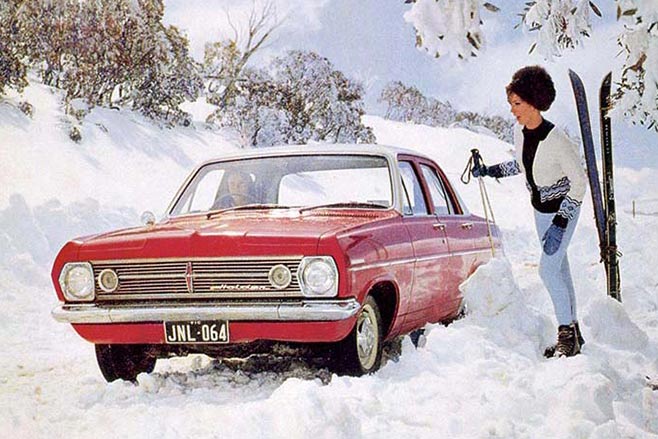
BUYING
During a combined lifespan of 37 months, more than 430,000 HD and HR Holdens were made. HDs suffered badly during the 1980s when millions of half-decent older cars and quite a few rust-buckets were turned into lumps of multi-hued metal and plastic and shipped to Asia.
Looking recently at our classifieds website confirmed the HD was by far the main victim of attrition and owner disinterest. Of the 20 cars available, all but one was an HR and that solitary HD was a $20,000+ Premier.
Special and Standard models in usable condition begin at $4000, with restored cars able to crack $8000. Utes command similar prices but vans in excellent condition are very scarce and more expensive than passenger versions.
Genuine X2 and 186S engines are rare, especially in a Premier and excellent cars will today top $20,000.
Rarest of the lot are 186S Premiers with the optional four-speed manual transmission and disc brakes. Vendors can pretty much charge what they like for one of those.
Cars with modifications like uprated brakes, bigger wheels, a 202 engine and Tri-matic in lieu of the original combination are worth around the same as authentic versions.
BUYER'S CHECKLIST
Body/Chassis
Old Holdens being sold at this stage in their lives will have a lot of non-original metal and perhaps other substances in places where rust has flourished. If the repair was done professionally a couple of decades should elapse before the job needs doing again. Check wheel arches, sills from outside and inside the car, door skins and around the windscreen. The areas which might make these cars uneconomic to repair include a rusted firewall, floors and sub-frame mounting points, above the diff and around the rear spring mounts. Some had vinyl roof covering so be especially wary of rust in the rear pillars. Tailgate rust affects wagons and commercial models and with wagons make sure the rear-window winds smoothly. Reproduction panels and repair sections are available but fitting and paint are the big costs. Bumpers in good condition are costly ($400-700 each) and difficult to source. New lights and lenses are available.
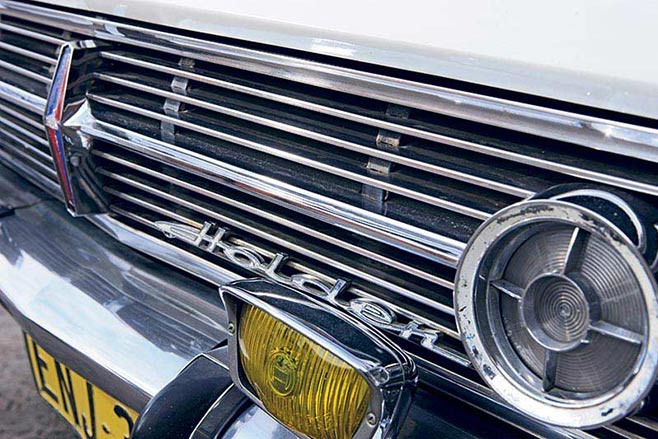
Engine & Transmission
So many ‘red’ Holden engines were made that they crop up regularly in workshop clearing sales and the online parts market. Smoke from the exhaust and breather, valve and timing chain clatter, piston slap and a hemorrhaging rear main bearing seal won’t stop these motors but does make them candidates for a rebuild. If you can strip and reassemble yourself the cost including professional honing, decking and a crank balance can be kept below $3000. New engine mounts are available and changing the water pump is a worthwhile precaution. Modified motors can be a blessing or a curse so make sure what has been done doesn’t make the car a pig to drive. The three-speed gearbox is tough yet suffers bearing noise, synchro and selector problems. Four-speeds just break and can be replaced by an M21 or Japanese five-speed. Powerglide cars should upshift smoothly at around 50km/h and accept manual downshifts anywhere below 65km/h.

Suspension & Brakes
The scary part of driving a Holden this age is that you might assume the bouncing, wandering, squirming under brakes and indifferent handling signify major deterioration when really that’s as good as they get. If you push down hard on a mudguard and the car just keeps bouncing though, the shocks are past dead. Wear of any kind in the front end will heighten these cars’ indifferent steering response and stability. The HD introduced an improved method of rear spring attachment but the leaves still flatten and crack with age. Cars with disc front brakes stop faster and for slightly longer than those with four drums. Parts to upgrade or replace the original braking system are available.
Interior & Electrical
If you’re not a concours d’elegance stalwart then spending money matching the original vinyl is a waste. Some restorers even go for a more comfortable but definitely non-authentic cloth retrim. Reproduction carpet sets, hood-linings and various detail parts are being made and door trims cost around $400 per set. These were the first Holdens to use an alternator and electrical components remain affordable. Rebuilt starter motors cost around $100.

SPECIFICATIONS
Holden HD/HR (1965-68)
Number made: 178,927 (HD) & 252,352 (HR)
Body: styles steel integrated body/chassis four-door sedan and station wagon, two-door utility and panel van
Engine: 2447-3048cc in-line six with single downdraft carburettor (twin carburettors on X2)
Power & torque: 108kW @ 4600rpm, 249Nm @ 2200rpm (186S)
Performance: 0-100km/h 11.7 seconds, 0-400 metres 18.2 seconds (186S manual)
Transmission: three or four-speed manual or two-speed automatic
Suspension: Independent with upper and lower control arms, coil springs, anti-roll bar and telescopic shock absorbers (f) Live axle with semi-elliptic springs and telescopic shock absorbers (r)
Brakes: Drum front/rear (front discs with power assistance optional)
Tyres: 6.40x13 cross-ply
Price range: $2500-25,000
Contact: early Holden clubs in all States.
Unique Cars magazine Value Guides
Sell your car for free right here
Get your monthly fix of news, reviews and stories on the greatest cars and minds in the automotive world.
Subscribe

.jpg)










